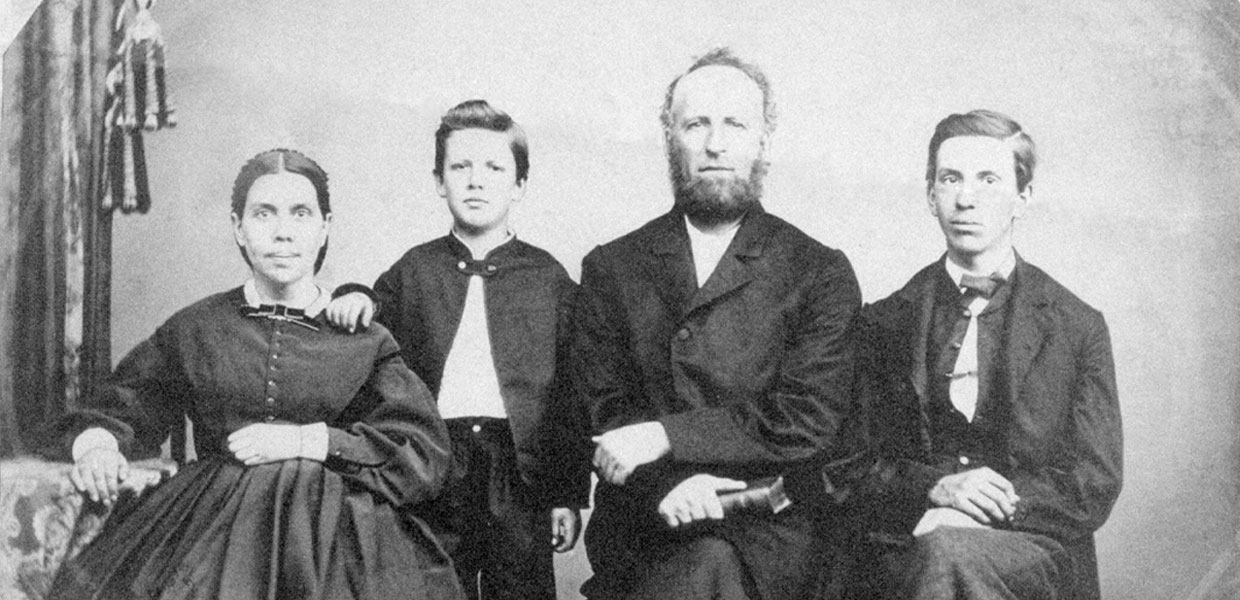
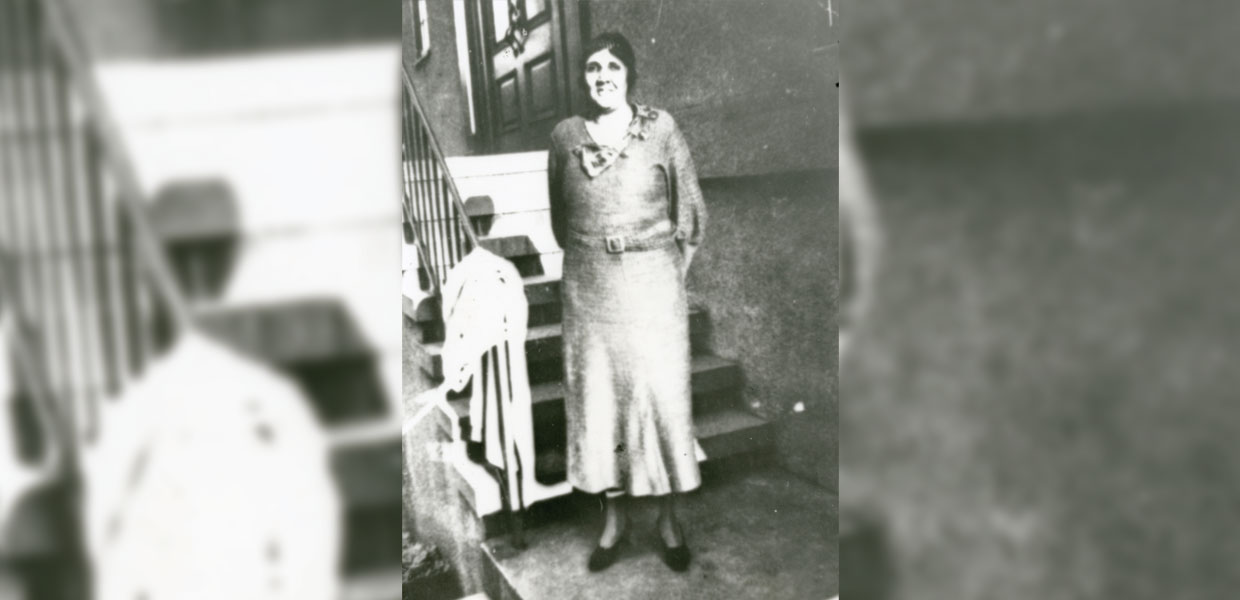
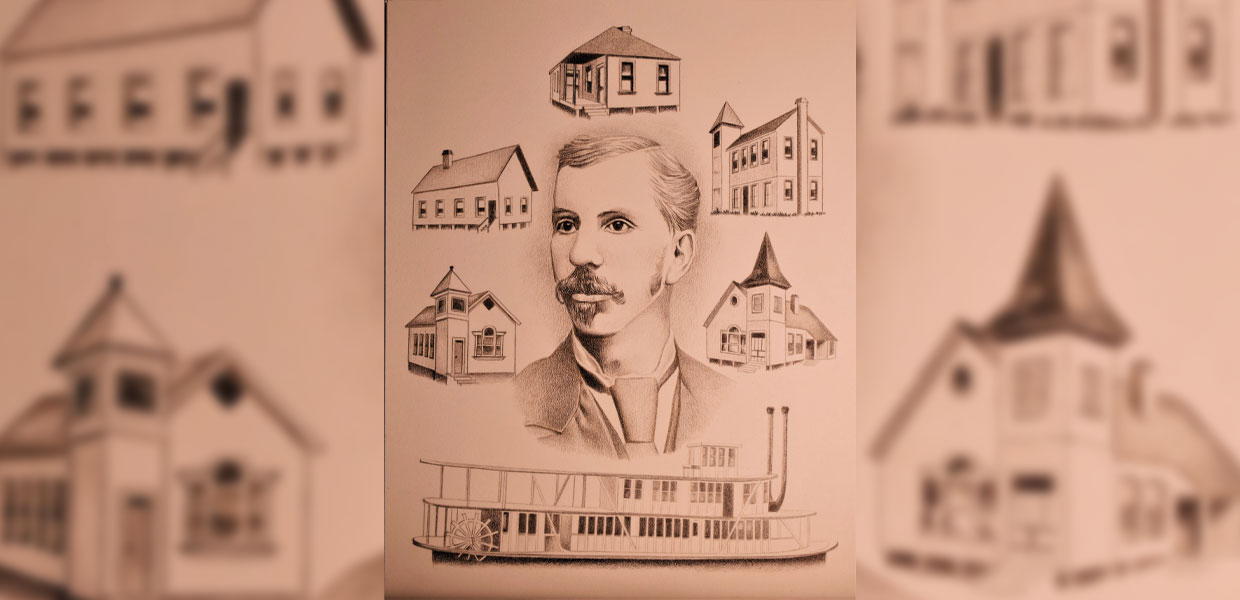
Adria Ware
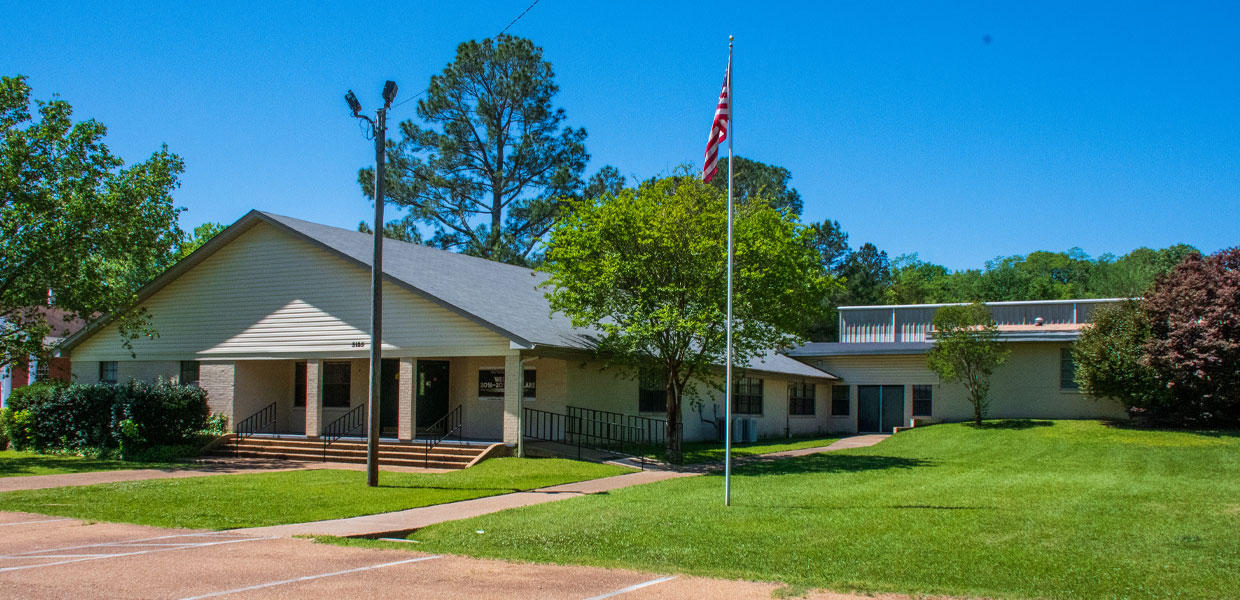
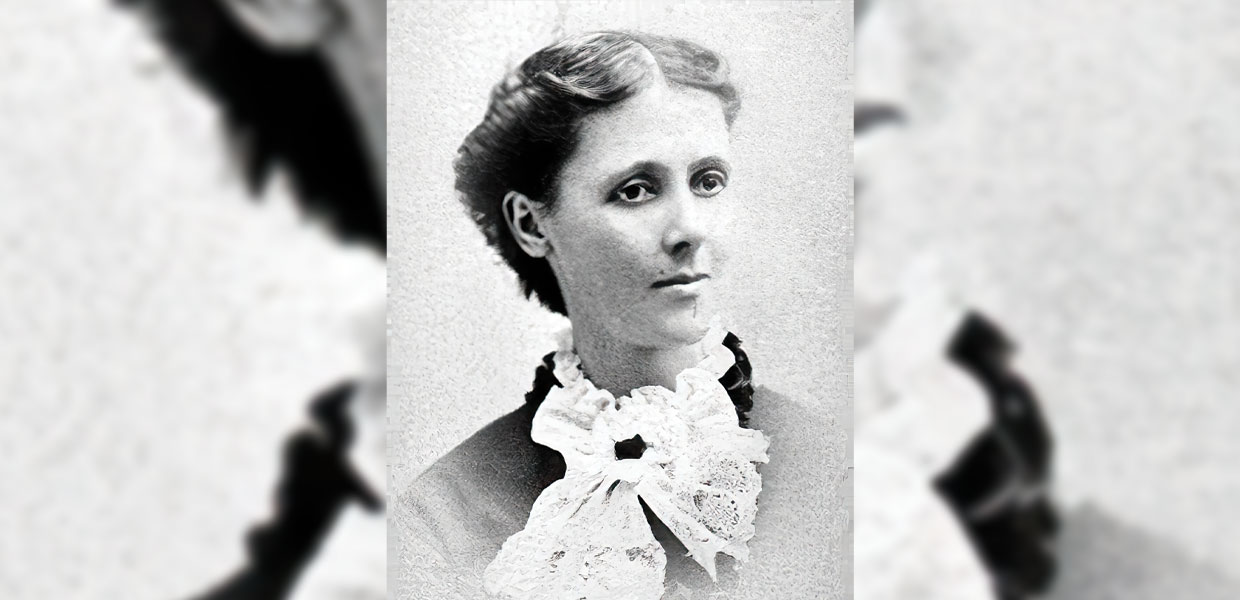
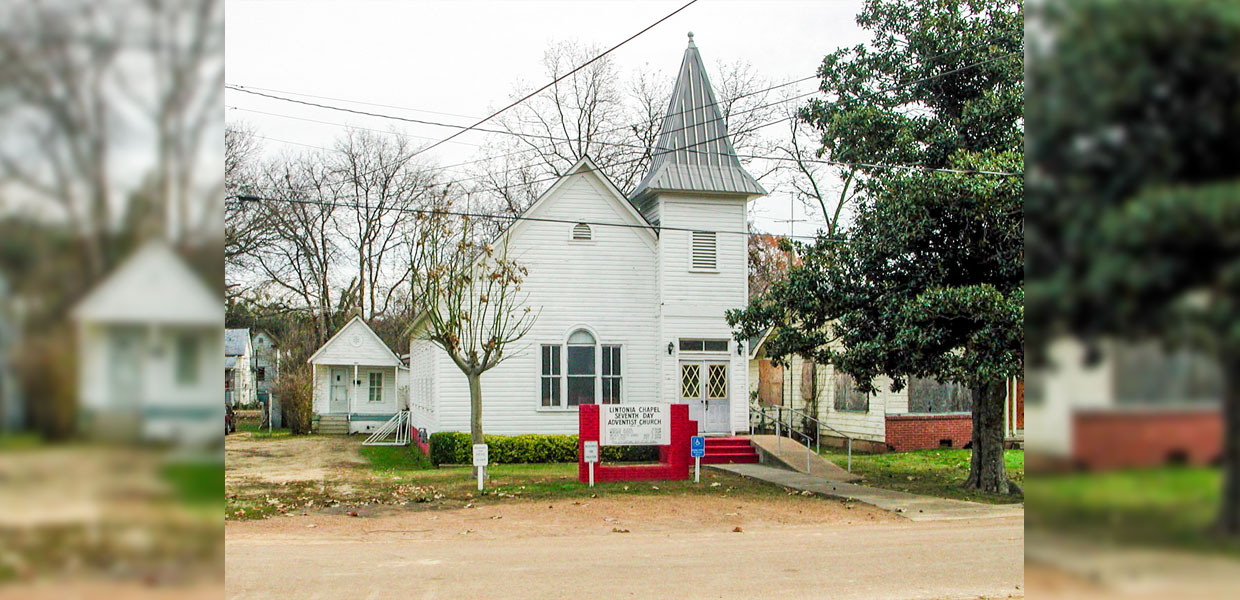
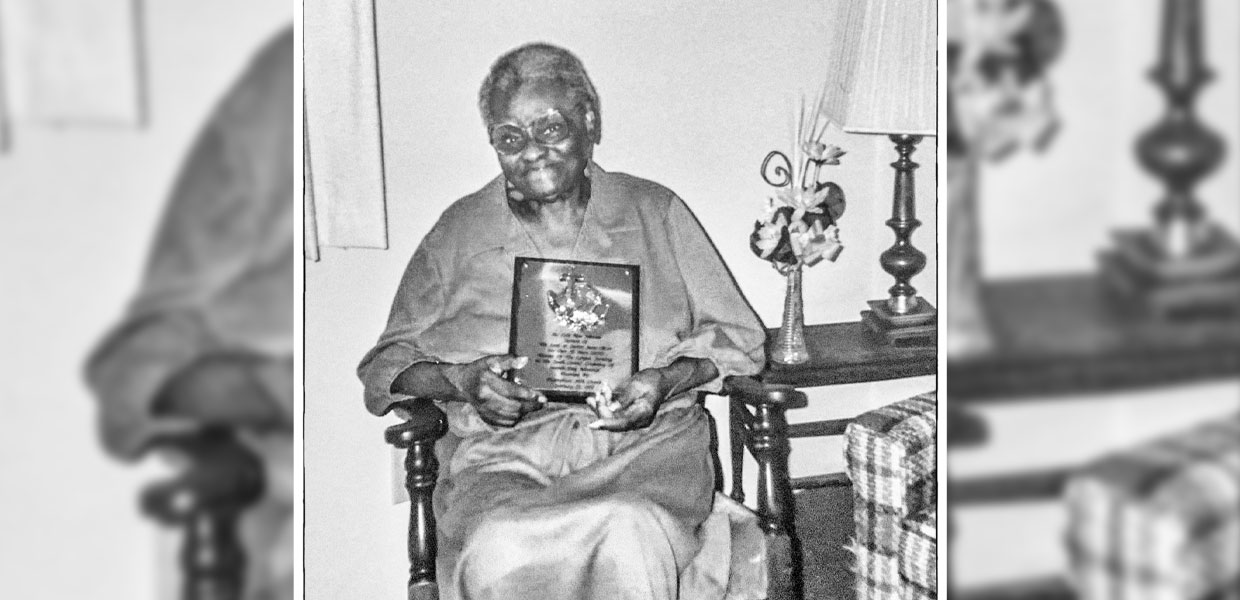
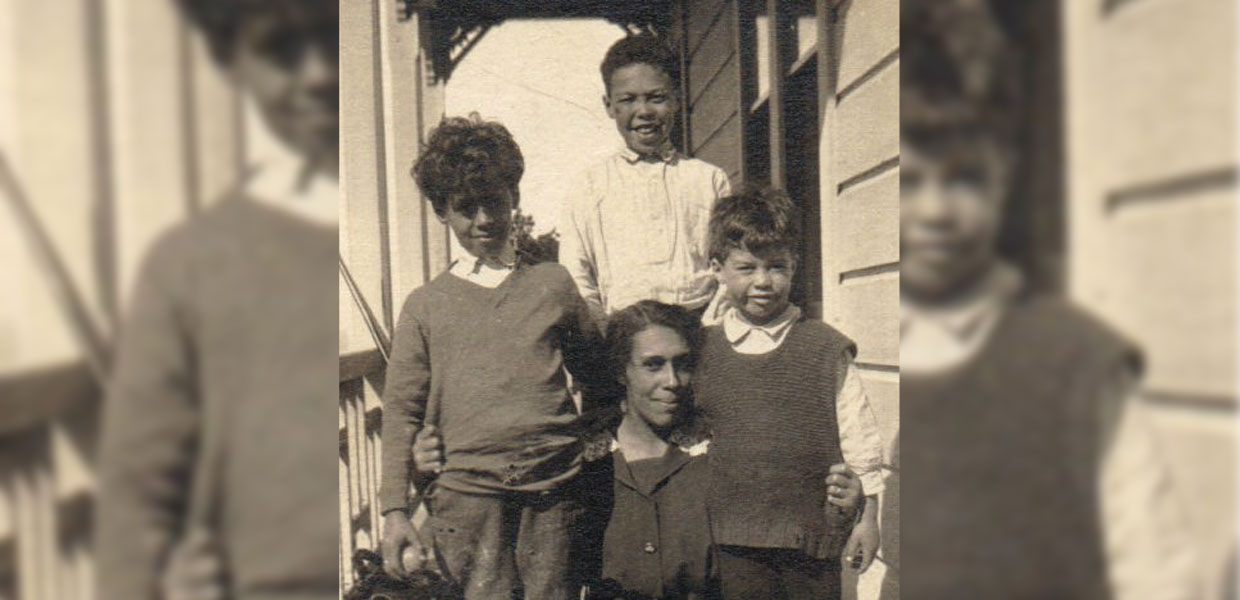
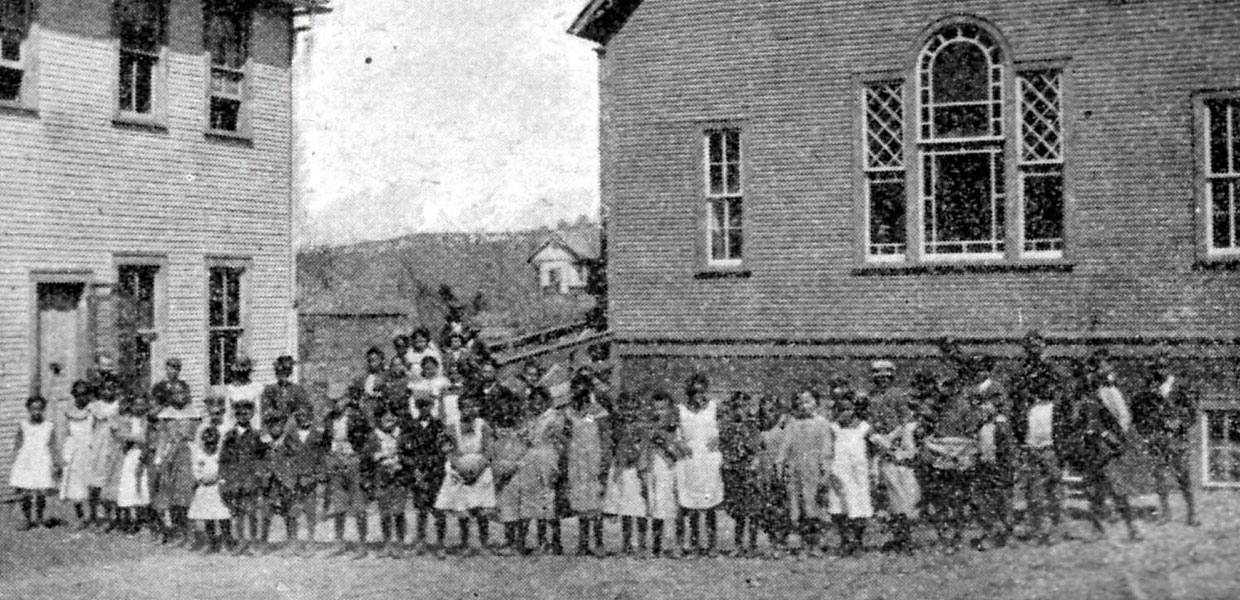
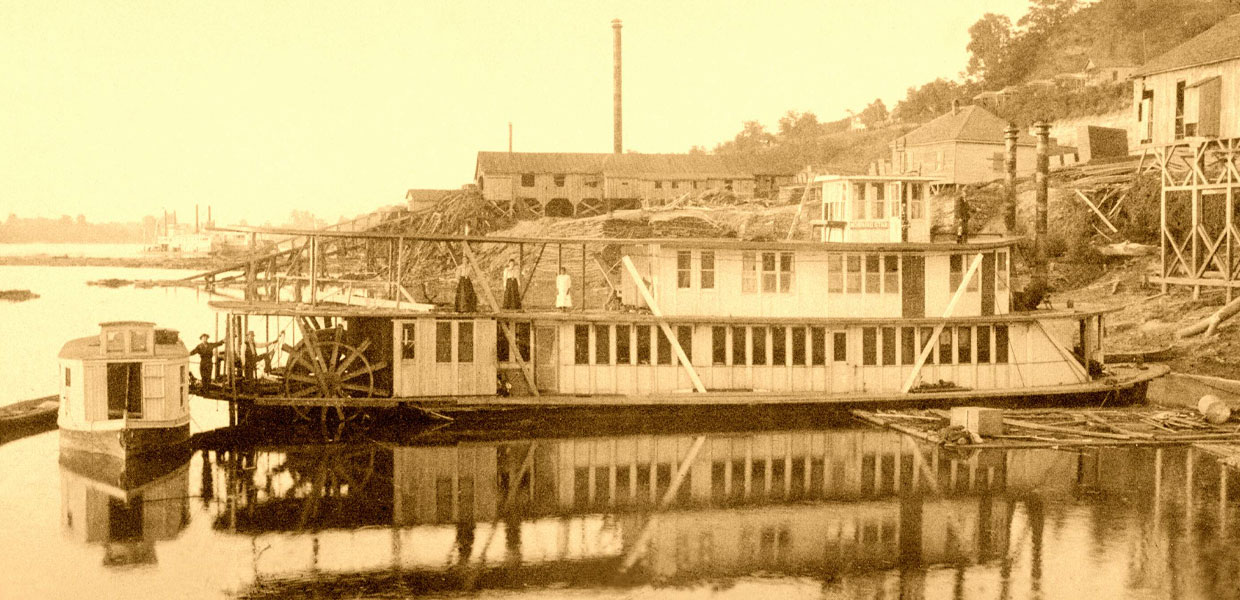
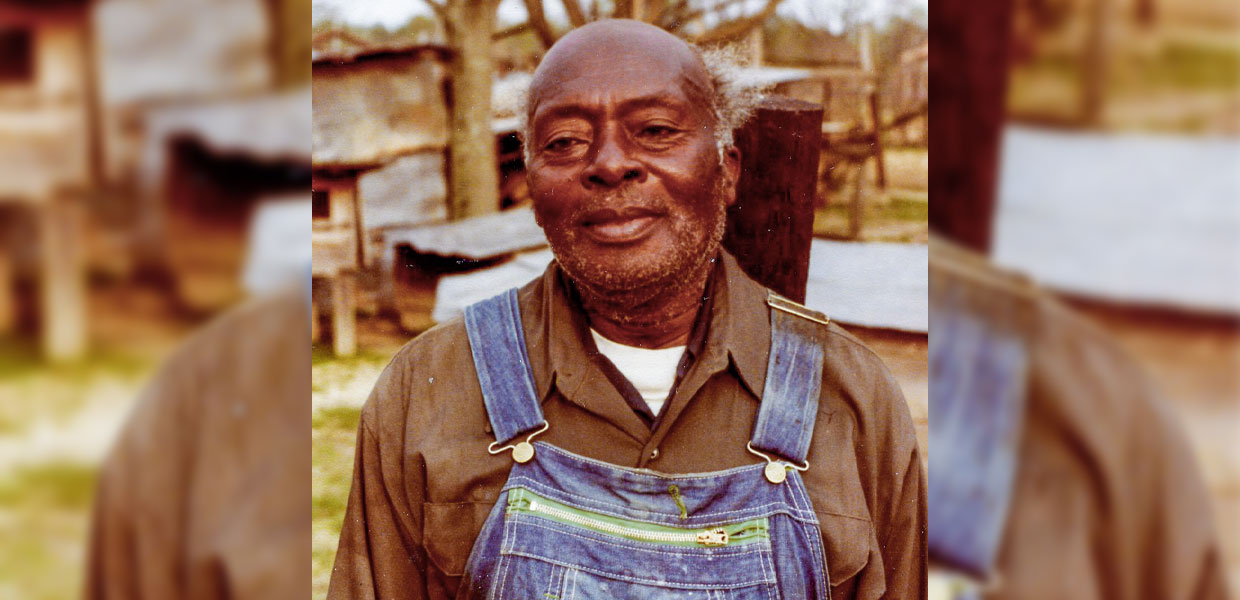
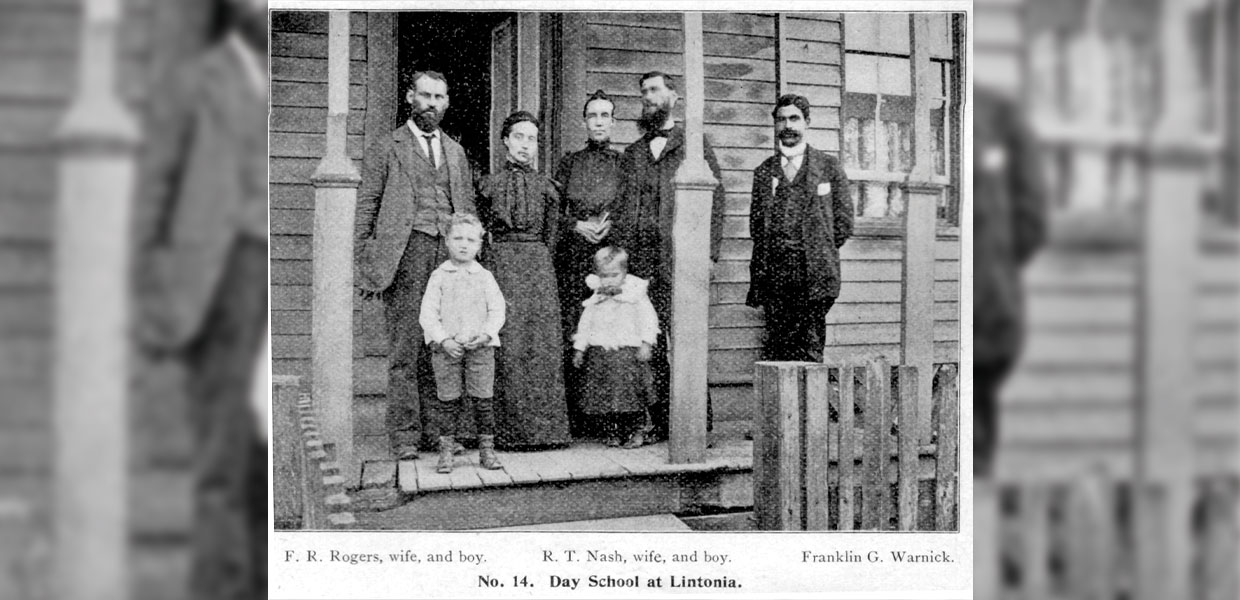
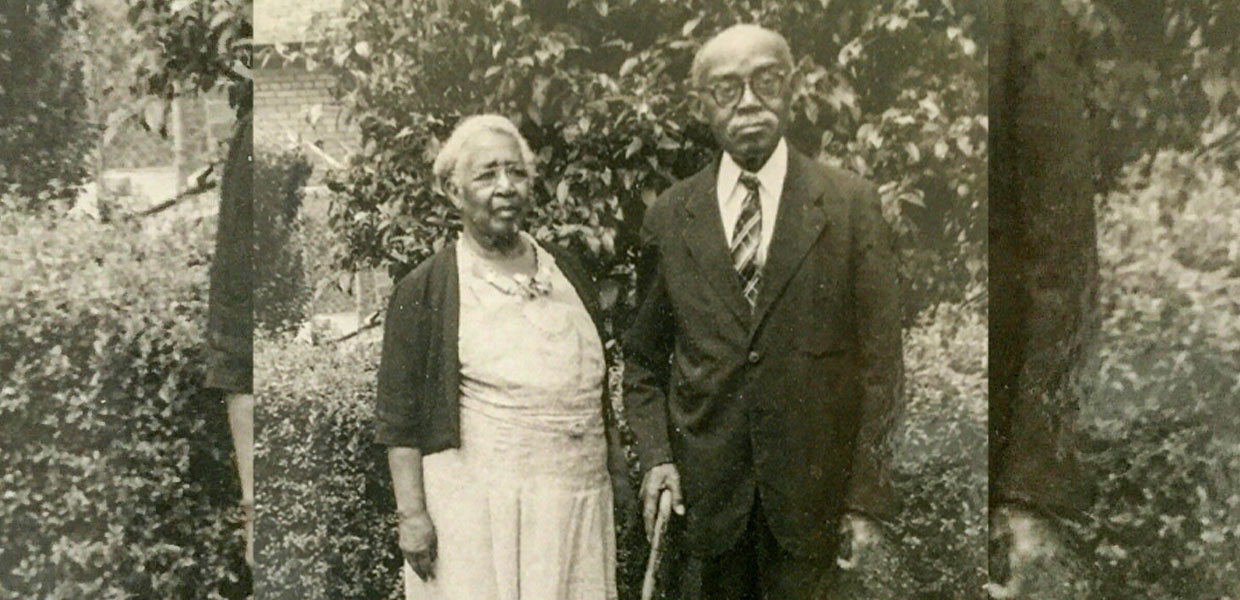


One of the pioneers who had a great impact in the development of the Southern Union territory was James Edson White. In eight short but challenging years, 1895-1903, he made a footprint on the work that is evident 125 years later.
James Edson White, born July 28, 1849, in Rocky Hill, Connecticut, was the second son of James and Ellen White. He married Emma MacDearmon of Wright, Michigan, on his 21st birthday, July 28, 1870. During his early professional life, he was a writer, printer, and publisher of numerous song books, and worked with the General Sabbath School Association for seven years, 1880-1887.

–
The Making of a “No Limit” Man
Edson was a man “subject to like passions as we are,” but God gave Edson extraordinary success despite his human frailties, the racial conditions of the South, and the organizational challenges he faced.
It all began with a religious awakening. On May 18, 1893, Edson White wrote to his mother, “I have no religious inclinations now in the least …” Later in the same paragraph, he wrote, “I am not a Christian yet.” When his mother received his letter in Wellington, New Zealand, she was deeply troubled. She responded with a 10-page letter. In her letter, she recounted how she saw Edson drowning in an undertow. “When I was observing your peril, I cannot express the feelings I passed through. It seemed that my soul would dissolve. I have not recovered from the impressions made on my mind as I cried to you, ‘The undertow! The undertow!’” 8LtMs, Lt 123, 1893, par. 19. She understood the undertow to represent Satan’s efforts to destroy him, and appealed to him to accept Christ as his Saviour. She sealed the letter and mailed it with a prayer.
A few weeks after receiving his mother’s letter, Edson responded, “I have surrendered fully and completely, and never enjoyed life before as I am enjoying it now. I have for years been under a strain, with so much to accomplish, and it stood right in my way. Now I have left it all with my Savior, and the burden does not bear me down any longer. I have no desire for the amusements and pleasures that made up the sum of my enjoyments before, but have an enjoyment in the meetings with the people of God such as I never had before,” LT, August 10, 1893.
Soon after Edson’s religious awakening, he met Dr. J. E. Caldwell, of Knoxville, Tennessee, who told Edson about an appeal entitled, “Our Duty to the Colored People,” that his mother made to the General Conference leaders on March 21,1891. Interested to know more, Edson found a copy and read it. Convicted, he decided to go work among the African-American people in Mississippi.
God had uniquely qualified Edson to accomplish the great work that lay before him in the South. He learned the printing trade as a youth. He was a prolific writer and publisher, loved boats, and possessed a vast vision and deep commitment to evangelize Blacks in the South.
God led him to a few supportive partners. He had a wonderful wife in Emma. He also had a committed friend in William O. Palmer. He shared his plans with them and, together with a few others, they began to make preparations to go south to Mississippi.
He hired Captain A. T. Orton to build the hull of a steamboat he called The Morning Star. When the boat was completed in July 1894, Edson, Emma, Will Palmer, and company made the 1,500-mile journey from Michigan to Vicksburg, Mississippi.
In Vicksburg
On January 10, 1895, they steamed onto Centennial Lake in Vicksburg. He leased a lot near the river on the corner of Walnut Street and First East, and built a school at a cost of $150. By winter more than 150 students were crowded in attendance at night school.
Because that location was prone to flooding, a new church and school building, designed by W. K. Loughborough, was built at 209 Fayette Street to provide a more favorable location for the growing school. Next to the new church, a mission house and a janitor’s home were built. On March 16-17, 1901, Ellen White preached for the dedication services for the Vicksburg Church.
Some of the teachers who taught at the Vicksburg School were Edson and Emma White, Fred Halladay, Anna Agee, and Anna Jensen. Some of the Black workers were N. B. King, pastor, and Thomas Murphy, pastor, and his wife, who joined the Church hoping to find a better lifestyle; and J. D. Grimes, a colporteur.
Yazoo City
Edson purchased two lots in Yazoo City and another one in Lintonia, a suburb of Yazoo City at the time. A Sunday- school was opened in a private home in Lintonia. The school quickly outgrew this home, and in 1898, a “movable chapel” was built on the lot in Lintonia. Fred Rogers and his wife came from the West Coast to teach at the school in Lintonia. They began the day school in December 1898 with 15 students, and within months had 200 students in attendance. An addition was added to the back of the school and three teachers were hired. In 1900, Franklin G. Warnick moved to Yazoo City to become the first Black principal of the school which already had two black and one white teacher who had served under Fred Rogers’ supervision. This was necessary because it had become dangerous for Rogers and other whites to work among Blacks after the Supreme Court affirmed “Separate but Equal” in Plessy vs. Ferguson in 1896.
The Southern Missionary Society
The work of Edson and his cadre of workers needed to be legally organized, so he formed the Southern Missionary Society (SMS) to serve as an umbrella for his varied and far-flung ministries. The mission of the SMS was “to carry the principles of Christian education to the people of the South,” Gospel Herald, December 1899, p. 105.
Yazoo City was the headquarters of the Southern Missionary Society until Edson moved to Nashville, Tennessee. Some of the projects and organizations owned by the SMS were the Dixie Health Food Company, the Herald Publishing Company, and the Nashville Colored Sanitarium (1901-1903), which was later replaced by the Rock City Sanitarium in 1906. The SMS became a branch of the Southern Union in 1901. The October 1908 Gospel Herald reported that the Society also controlled 28 mission schools with an enrollment of nearly 1,000 pupils.
The 1903 General Conference Session
At the 1903 General Conference Session in Oakland, California, three reports were presented concerning the work done by Edson and his team.
George I. Butler, president of the Southern Union, reported that in Mississippi “there are nearly as many colored believers as white. The treasurer’s report at the last camp-meeting showed that the colored people, poor day laborers, had paid about half of all tithe that came into the treasury,” GCB 1903, p.131. He went on to say, “I believe that the Southern Missionary Society has done a great deal of good. I will say it fearlessly before this whole Conference that there never has been made an effort in this cause for the colored people that accomplished as much as that work has done for them.”
Edson’s report provided other details. He reported five schools “located at Vicksburg, Yazoo City, Columbus, and Jackson.” Regarding churches and companies, he reported, “A few months ago the president of the Mississippi Conference united with Brother Rogers in organizing a colored church at Vicksburg, and one at Yazoo City. There are also companies at Calmar, Columbus, and Jackson. Our laborers have also carried forward efforts in Nashville, Memphis, and Edgefield Junction in Tennessee, and in Louisville and Bowling Green in Kentucky.” The congregations in Nashville, Edgefield Junction, Louisville, and Bowling Green were organized and or pastored by Charles M. Kinney and Alonzo Barry. Edson continued, “Five ordained ministers have been developed in the work of the Southern Missionary Society. All these ministers are now doing efficient ministerial work in the South.” Other workers included two public speakers, 13 school teachers, Bible workers, and medical missionary workers. “The superintendent and matron [Fred and Fannie Young] of the Nashville Colored Sanitarium were brought from private home life in the North. Two nurses are in training, and others are soon expected to begin a course of study in this department. One young man is being educated by the society as a physician, at the Meharry Medical College of Nashville, and another is being assisted in his course at the same school. Both are intelligent, well-educated young men. One will graduate in 18 months, and the other one year later,” GCB 1903, p. 200.
His mother, Ellen White, gave the final report. She commented, “By the work of the steamer ‘Morning Star’ much has been accomplished that otherwise could not have been done. Thus, the workers have been enabled to reach places that otherwise they could not have reached. The boat served as a home for them, and as a place to which to invite those interested in the truth,” GCB 1903, p. 202.
R. Steven Norman III is the communication director and Southern Tidings editor at the Southern Union Conference.
Edson’s Final Years
Edson and Emma continued to work in the South until 1912 when they were in their 60s and Emma’s health began to fail. They moved to Marshall, Michigan, and remained there until Emma passed July 29, 1917. Edson moved to Battle Creek. He later married Rebecca Burrill, and spent his final years operating a stereopticon business with his wife in Otsego, Michigan. He died May 30, 1928, and was buried in Battle Creek in the Oakhill Cemetery.
Visit SouthernTidings.com for additional multimedia content related to Edson White’s ministry.



Comments are closed.